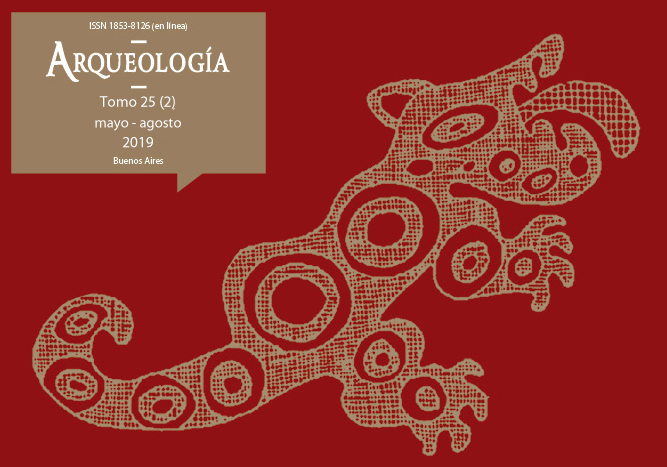Historical and archaeological contributions to the study of the standardization process in the anchor industry of the 18th century European maritime powers
Keywords:
Anchor industry, Forging technology, Nautical equipment, Maritime archaeology, 18th century
Abstract
Anchors were an element of major importance throughout the history of navigation. In the 18th century, European warships used various types and relied on them to anchor and perform other maneuvers. The anchor industry was at that time one of the most complex expressions of iron forging technology and, under a process of increasing industrialization, it was subject to several changes. In this article, we examine the characteristics of the anchors of the main Maritime powers in terms of design and manufacturing. In light of the available documentary and material sources, we discuss aspects related to the process of standardization and technological change in the anchor industry. Complementarily, we present some guidelines for the study of anchors of archaeological provenance.Downloads
Download data is not yet available.
Published
2019-06-01
How to Cite
Ciarlo, N. C. (2019). Historical and archaeological contributions to the study of the standardization process in the anchor industry of the 18th century European maritime powers. Arqueología, 25(2), 169-193. https://doi.org/10.34096/arqueologia.t25.n2.6866
Section
Articles
Authors who publish in this journal agree to the following conditions:
- Authors retain copyright and yield to the journal right of first publication with the work registered with attribution license Creative Commons, which allows third parties to use the published always mentioning the authorship of the work and first publication in this magazine.
- Authors can make other independent and additional contractual arrangements for the non-exclusive distribution of the version of the article published in this issue (p. Eg., Inclusion in an institutional repository or publish it in a book), provided that clearly indicate that the work was published for the first time in this magazine.
- It allows and encourages the author / s to publish their work online (eg institutional or personal pages) before and during the process of revision and publication, as it can lead to productive exchanges and greater and more rapid dissemination of work published (See The Effect of Open Access).





(1)13.png)






1.jpg)
1.jpg)


13.png)
1.png)


(1)1.png)









